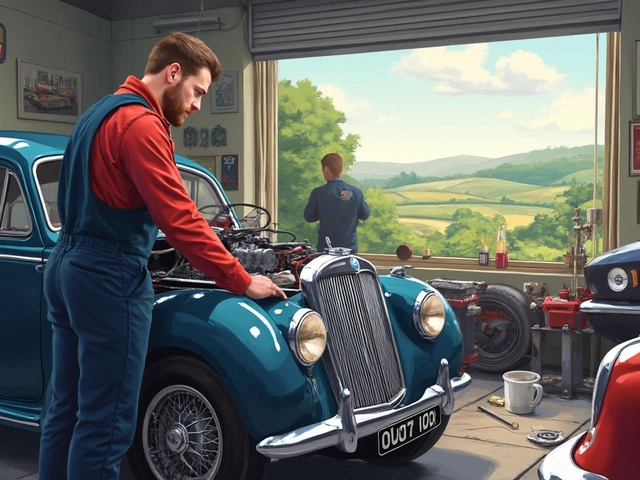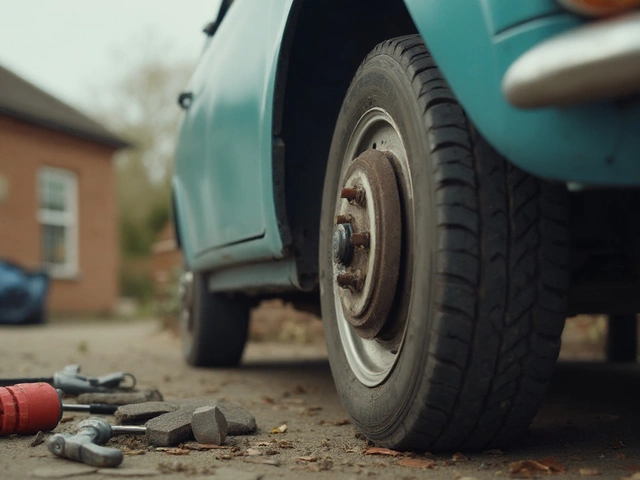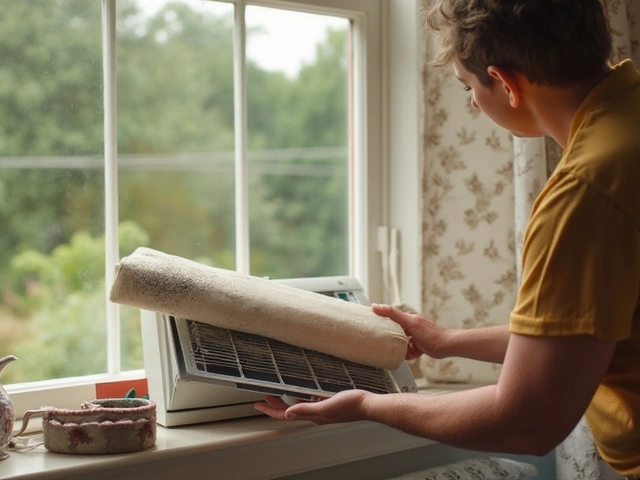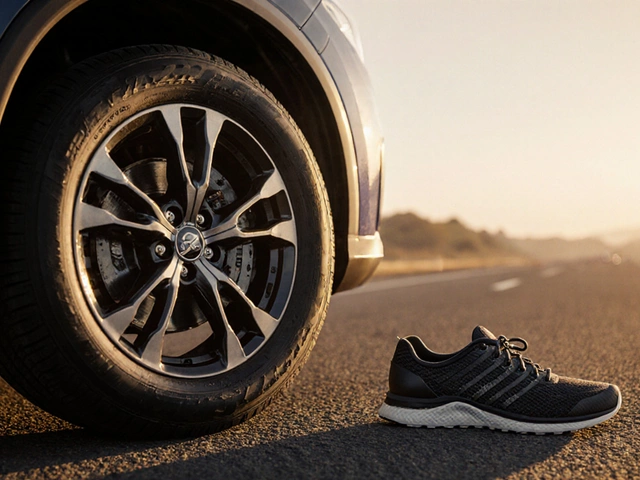Pleated Filter Basics: What They Are and Why They Matter
Ever wonder why some filters look like a stack of tiny folds? Those are pleated filters, and they’re popular because the folds give more surface area to catch dust, pollen, and other tiny particles. More surface means the filter works longer and lets air flow better, which can improve engine performance or indoor air quality.
In cars, a pleated air filter sits in the engine bay and stops grit from reaching the engine. At home, pleated HVAC filters keep the air you breathe cleaner. The idea is the same: trap pollutants while letting enough air pass through.
How to Choose the Right Pleated Filter
First, check the size. Look at the old filter or the slot where it goes – you’ll see dimensions like 10x20x1 inches. Getting the exact size keeps the seal tight and prevents air leaks.
Next, think about the rating. Most filters use an MERV rating (Minimum Efficiency Reporting Value). For most homes, MERV 8‑11 is a good balance of cleaning power and airflow. For cars, a standard OEM‑type pleated filter usually works fine, but high‑performance filters can boost power a bit.
Installing and Maintaining Your Pleated Filter
Installation is straightforward. Open the filter box, take out the old filter, and slide the new one in with the arrows pointing the right way. Make sure it sits flat and the edges line up.
Maintenance is all about timing. In dusty areas or heavy traffic, change a car’s pleated filter every 12,000‑15,000 miles. For home HVAC, replace it every 3‑6 months if you have pets or allergies, otherwise every 6‑12 months. A clogged filter reduces airflow, making the engine work harder or the furnace run inefficiently.
When you swap a filter, inspect the housing for cracks or debris. A clean housing helps the new filter do its job. If you notice the engine sounding rough or the AC blowing weakly, it’s probably time for a new filter.
Saving money is easy if you buy filters in bulk. Many online stores sell packs of 3‑5 pleated filters at a discount. Just make sure the pack matches the size you need.
In short, pleated filters are a simple upgrade that can keep your car’s engine cleaner and your home’s air fresher. Pick the right size, watch the MERV rating, change it on schedule, and you’ll notice smoother rides and better breathing.
 12 May 2025
12 May 2025
HVAC Air Filters: Which Type Gets Used the Most—and Why?
Most HVAC systems run on one basic filter design, but there’s more behind the choice than you might expect. This article goes straight to the most common filter, explains what it does, and breaks down why homeowners stick with it. Get clear on how filter types impact air quality, system efficiency, and your wallet. Solid tips show how to spot and maintain the right filter for your space. Got allergies or pets? You’ll want to know what makes the difference.






0